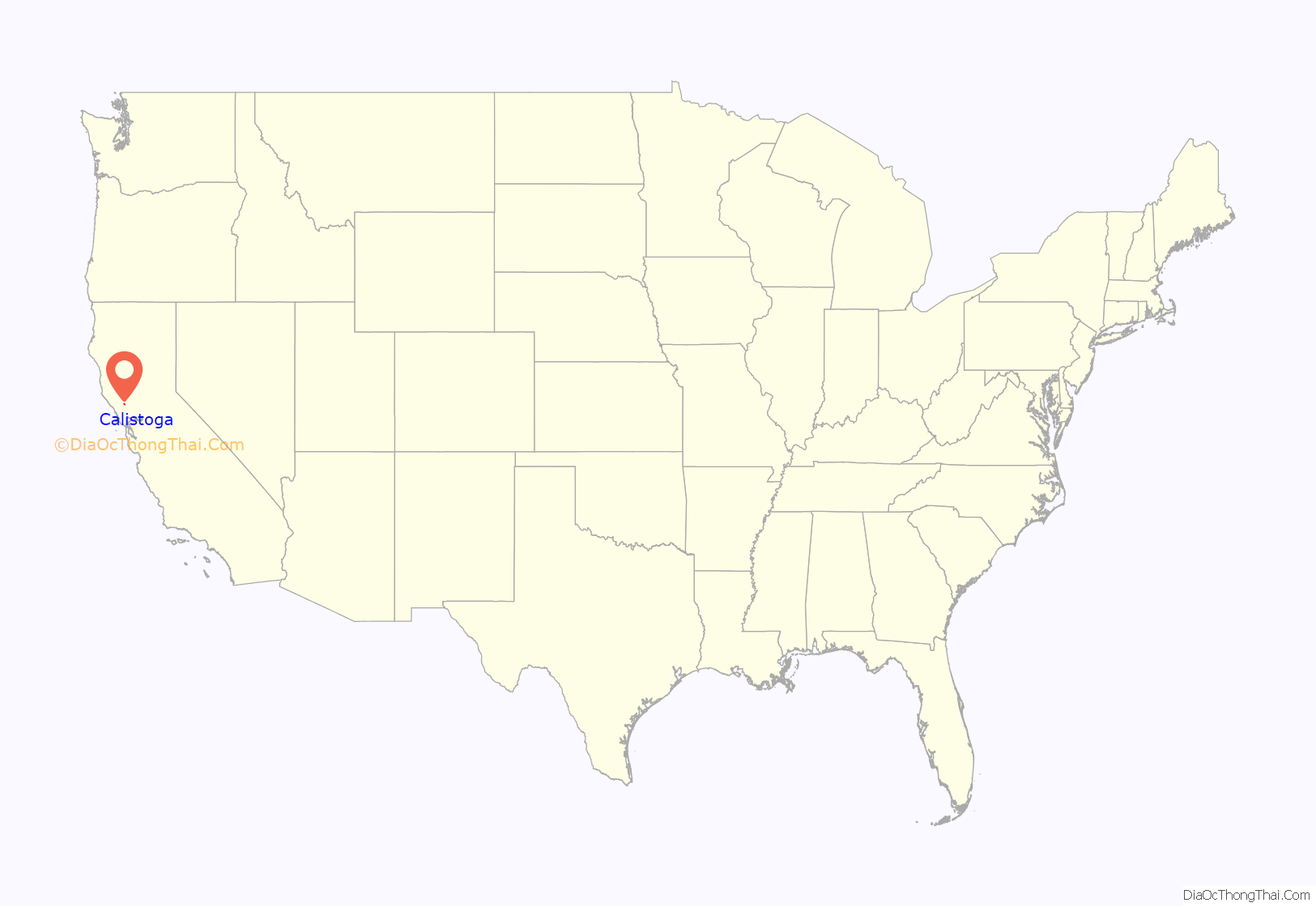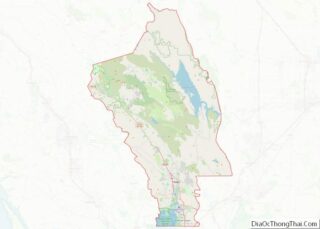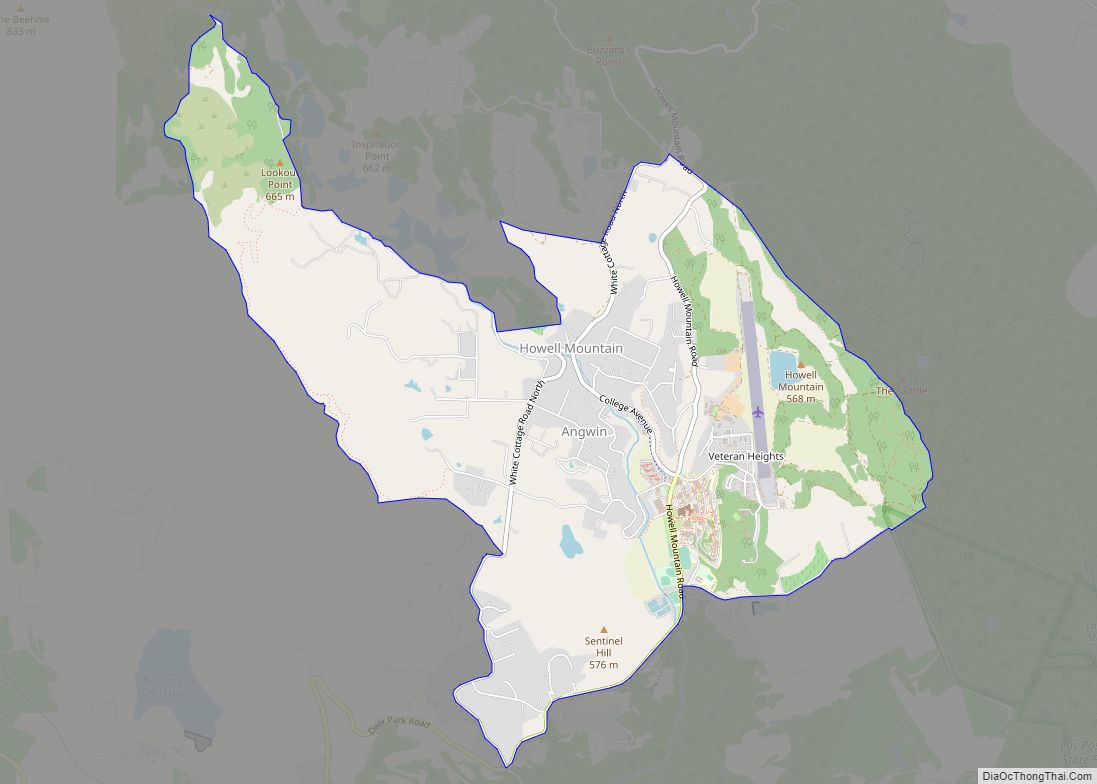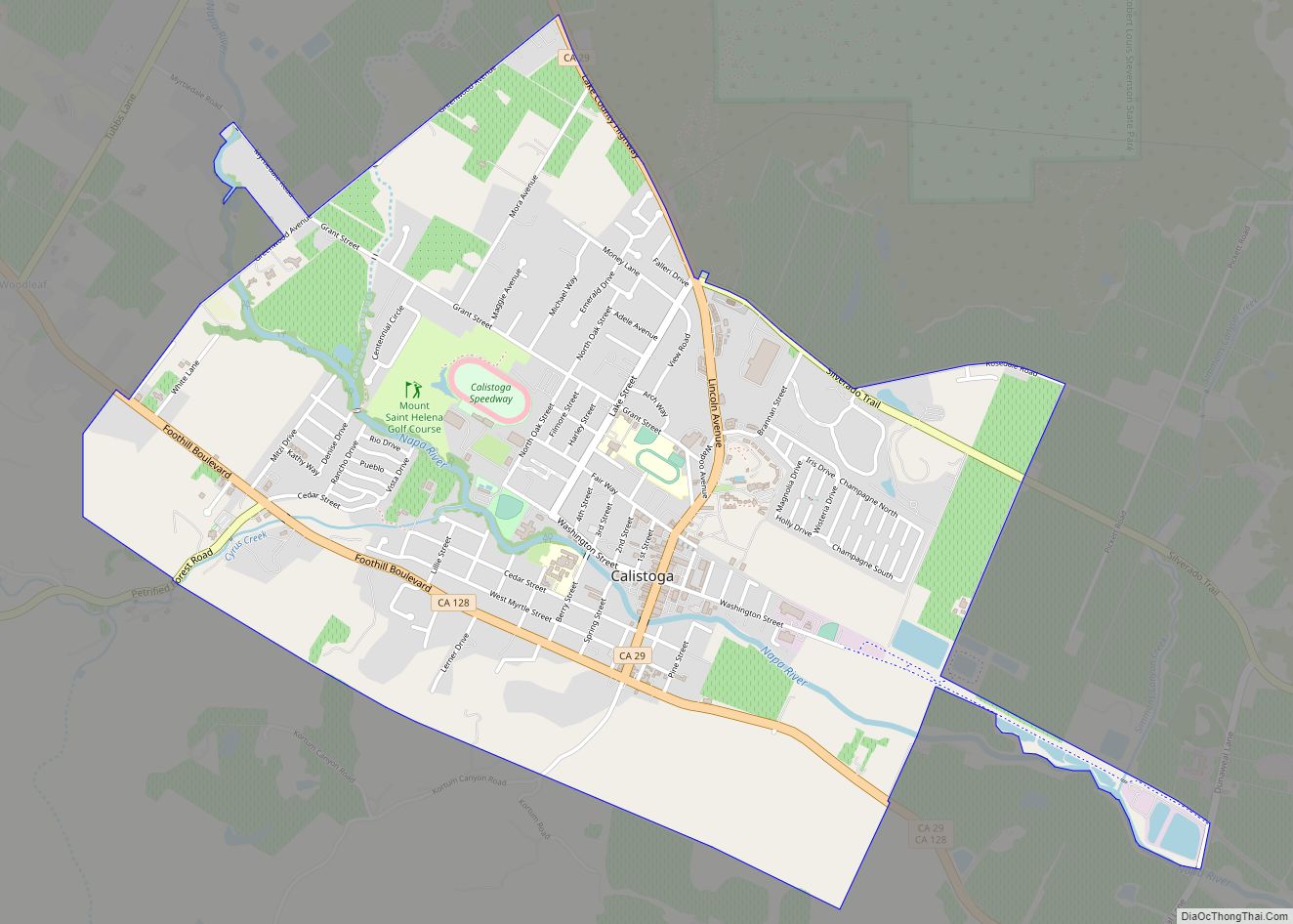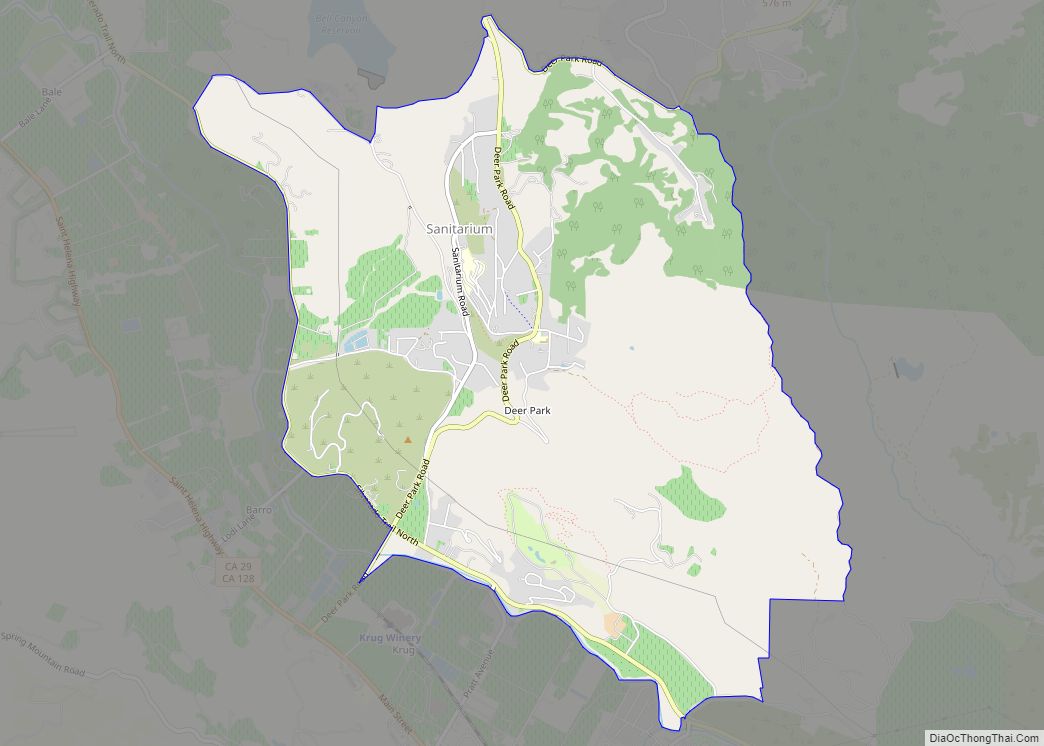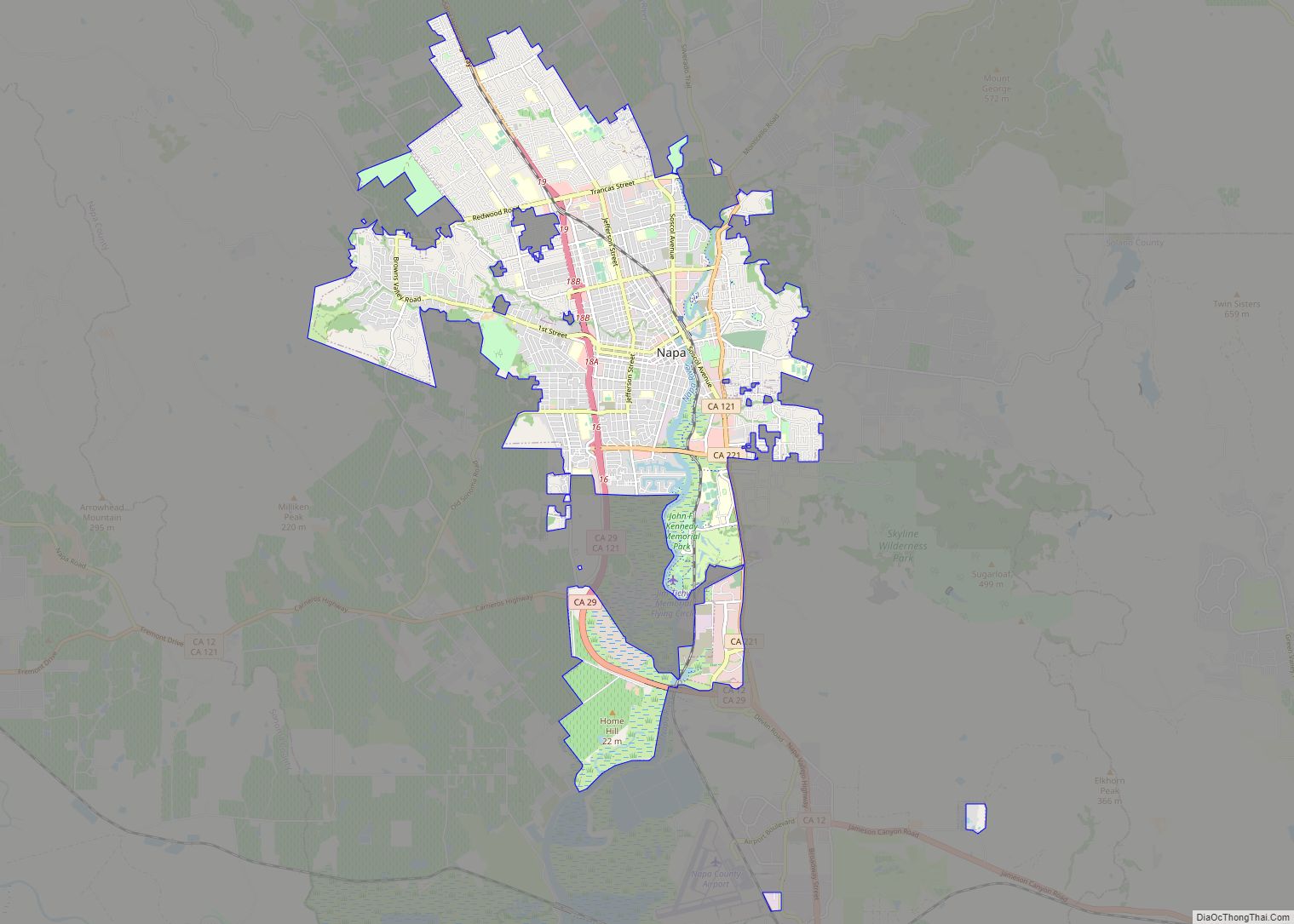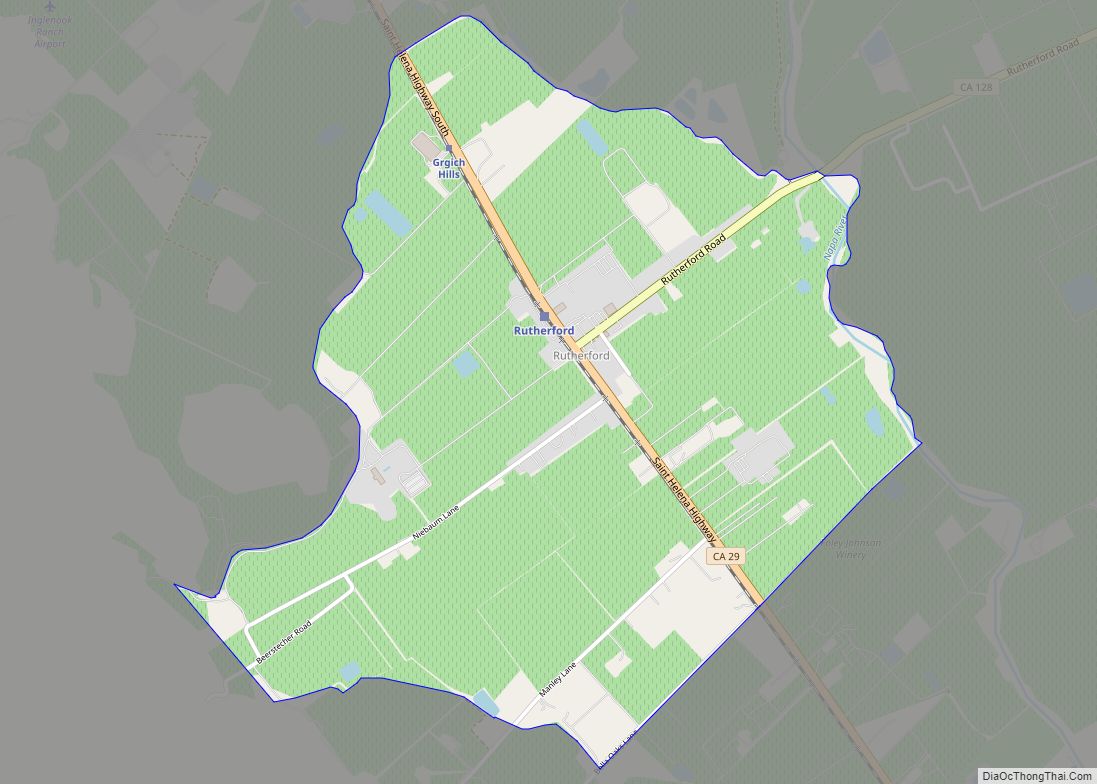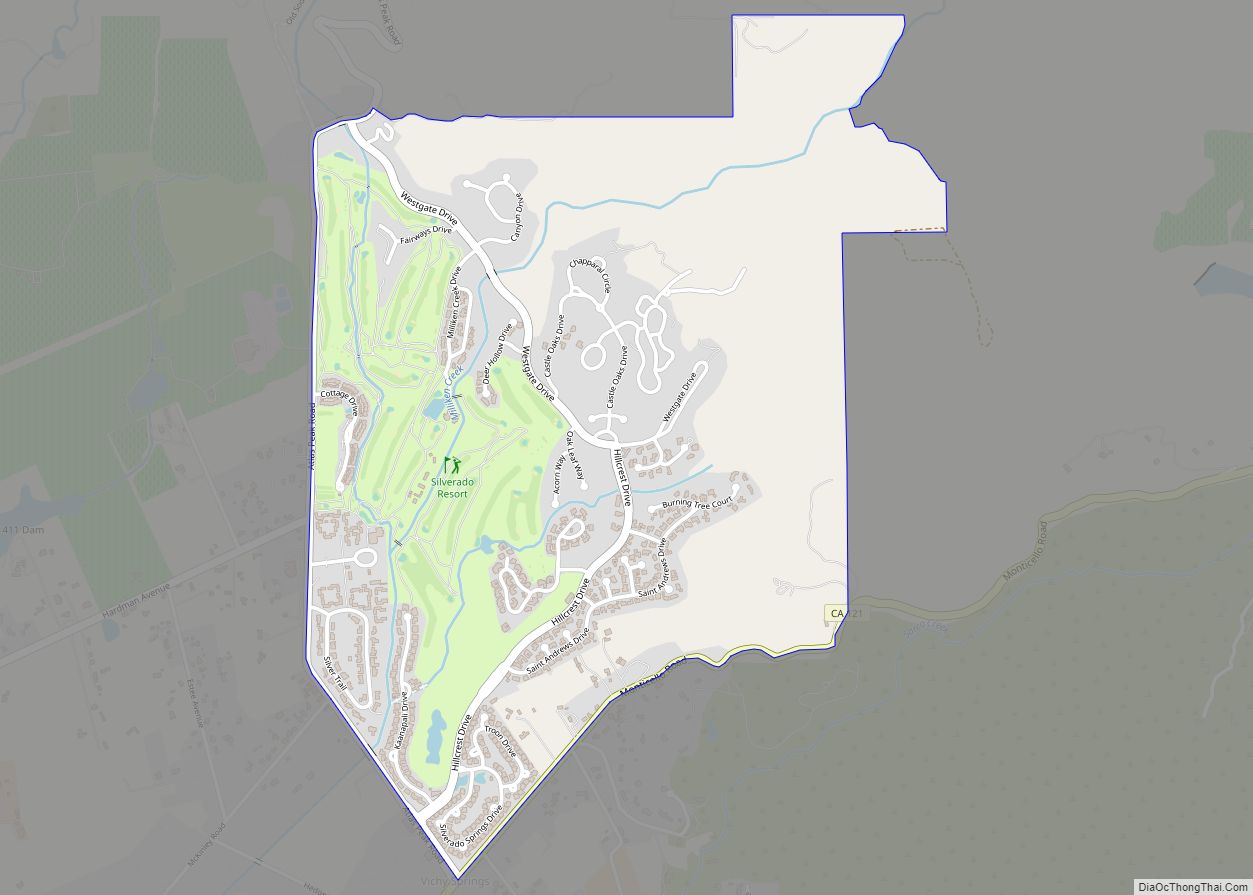Calistoga (Wappo: Nilektsonoma) is a city in Napa County, California, United States. Located in the North Bay region of the Bay Area, the city had a population of 5,228 as of the 2020 census.
Calistoga was founded in 1868 when the California Pacific Railroad was built, establishing the town as a tourist destination for its Calistoga Hot Springs. Today, Calistoga continues as a popular tourist destination in Wine Country, owing to its vineyards and historic landmarks.
| Name: | Calistoga city |
|---|---|
| LSAD Code: | 25 |
| LSAD Description: | city (suffix) |
| State: | California |
| County: | Napa County |
| Incorporated: | January 6, 1886 |
| Elevation: | 348 ft (106 m) |
| Total Area: | 2.59 sq mi (6.72 km²) |
| Land Area: | 2.58 sq mi (6.67 km²) |
| Water Area: | 0.02 sq mi (0.05 km²) 0.70% |
| Total Population: | 5,228 |
| Population Density: | 2,028.72/sq mi (783.36/km²) |
| ZIP code: | 94515 |
| Area code: | 707 |
| FIPS code: | 0609892 |
Online Interactive Map
Click on ![]() to view map in "full screen" mode.
to view map in "full screen" mode.
Calistoga location map. Where is Calistoga city?
History
The Upper Napa Valley was once the home of a significant population of Indigenous People, called the Wappo during the Spanish colonial era of the late 18th century. With abundant oak trees providing acorns as a food staple and the natural hot springs as a healing ground Calistoga (Wappo: Nilektsonoma, meaning “Chicken Hawk Place”) was the site of several villages. Following Mexican Independence, mission properties were secularized and disposed of by the Mexican government with much of the Napa Valley being partitioned into large ranchos in the 1830s and 1840s. The first Anglo settlers began arriving in the 1840s, with several taking up lands in the Calistoga area.
Samuel Brannan was the leader of a Mormon settlement expedition on the ship Brooklyn landing in Yerba Buena (San Francisco) in 1846. He published San Francisco’s first English language newspaper, the California Star. Following the discovery of gold in Coloma, Brannan became California’s first millionaire. Fascinated by Calistoga’s natural hot springs, Brannan purchased more than 2,000 acres (8 km) with the intent to develop a spa reminiscent of Saratoga Springs in New York.
The name of Calistoga was given to the place in the fall of 1867, by Mr. Brannan, who has been reported and quoted as saying that the name came from a slip of the tongue that transformed “Saritoga of California” into “Calistoga of Sarifornia”. The place had already been previously called Hot Springs by the few Americans, and Agua Caliente by the Spaniards and Indians.
Brannan’s Hot Springs Resort surrounding Mt Lincoln with the Spa/Hotel located at what is now Indian Springs Resort and Brannan Cottage Inn, opened to California’s rich and famous in 1862. The Napa Valley Railroad Company’s track was completed to Calistoga in 1868, providing an easier connection for ferry passengers traveling from San Francisco, as well as transforming Calistoga into a transportation hub for the upper Napa Valley and a gateway to Lake and Sonoma Counties.
Calistoga’s economy was based on mining (silver and mercury) agriculture (grapes, prunes and walnuts) and tourism (the hot springs). One of the early visitors was Robert Louis Stevenson, who wrote the Silverado Squatters while honeymooning with his wife Fanny Vandegrift at a cabin near Silverado Mine on Mount Saint Helena.
In 1920, Giuseppe Musante, a soda fountain and candy store owner in Calistoga, was drilling for a cold water well at the Railway Exchange when he tapped into a hot water source. In 1924 he set up a bottling line and began selling Calistoga Sparkling Mineral Water. The company became a major player in the bottled water business after Elwood Sprenger bought the small bottling plant in 1970 known today as Calistoga Water Company.
Scenes from the movie Hot Rod 1979 were filmed in and around Calistoga. Scenes from the Disney movie Bedtime Stories starring Adam Sandler were filmed in Calistoga in June 2008.
Calistoga was named a Distinctive Destination by the National Trust for Historic Preservation in 2001.
In 2017, the Tubbs Fire, which killed at least 19 people, started off of Highway 128 and Bennett Lane in Calistoga. The fire led to the evacuation of almost the entire population of Calistoga. The 2017 Tubbs Fire took exactly the same path as the 1964 Hanley Fire. In 2020, the Glass Fire forced an evacuation of the city for the second time in four years.
Calistoga Road Map
Calistoga city Satellite Map
Geography
According to the United States Census Bureau, the city has a total area of 2.6 square miles (6.7 km), 99.30% of it land and 0.70% of it water.
Climate
According to National Weather Service records, Calistoga has cool, wet winters with temperatures dropping to freezing on an average of 35.6 days. Summers are usually very dry, with daytime temperatures regularly reaching 90 °F (32 °C) or higher on an average of 70.8 days, but nights are cool, dropping into the mid-fifties. Average January temperatures range from 58.8 °F (14.9 °C) to 39.4 °F (4.1 °C). Average July temperatures range from 89.5 °F (31.9 °C) to 54.7 °F (12.6 °C). The record high temperature of 118 °F (47.8 °C) occurred on September 6, 2022. The record low temperature of 10 °F (−12.2 °C) was recorded on December 11, 1932. Calistoga has a hot-summer Mediterranean climate (Csa) according to the Köppen climate classification system.
Average annual rainfall is 38.58 inches (980 mm) with measurable precipitation falling on an average of 65.7 days each year. The wettest year was 1983 with 75.38 inches (1,915 mm) and the driest year was 2013 with 6.45 inches (164 mm). The most rainfall in one month was 32.06 inches (814 mm) in February 1986. The most rainfall in 24 hours was 8.10 inches (206 mm) on February 17, 1986. Snow often falls in the nearby mountains during the winter months, but is rare in Calistoga. On January 3, 1974, 3.0 inches of snow fell in the city.
See also
Map of California State and its subdivision:- Alameda
- Alpine
- Amador
- Butte
- Calaveras
- Colusa
- Contra Costa
- Del Norte
- El Dorado
- Fresno
- Glenn
- Humboldt
- Imperial
- Inyo
- Kern
- Kings
- Lake
- Lassen
- Los Angeles
- Madera
- Marin
- Mariposa
- Mendocino
- Merced
- Modoc
- Mono
- Monterey
- Napa
- Nevada
- Orange
- Placer
- Plumas
- Riverside
- Sacramento
- San Benito
- San Bernardino
- San Diego
- San Francisco
- San Joaquin
- San Luis Obispo
- San Mateo
- Santa Barbara
- Santa Clara
- Santa Cruz
- Shasta
- Sierra
- Siskiyou
- Solano
- Sonoma
- Stanislaus
- Sutter
- Tehama
- Trinity
- Tulare
- Tuolumne
- Ventura
- Yolo
- Yuba
- Alabama
- Alaska
- Arizona
- Arkansas
- California
- Colorado
- Connecticut
- Delaware
- District of Columbia
- Florida
- Georgia
- Hawaii
- Idaho
- Illinois
- Indiana
- Iowa
- Kansas
- Kentucky
- Louisiana
- Maine
- Maryland
- Massachusetts
- Michigan
- Minnesota
- Mississippi
- Missouri
- Montana
- Nebraska
- Nevada
- New Hampshire
- New Jersey
- New Mexico
- New York
- North Carolina
- North Dakota
- Ohio
- Oklahoma
- Oregon
- Pennsylvania
- Rhode Island
- South Carolina
- South Dakota
- Tennessee
- Texas
- Utah
- Vermont
- Virginia
- Washington
- West Virginia
- Wisconsin
- Wyoming
